13 Most Beautiful Gustav Klimt Paintings to Explore in 2025
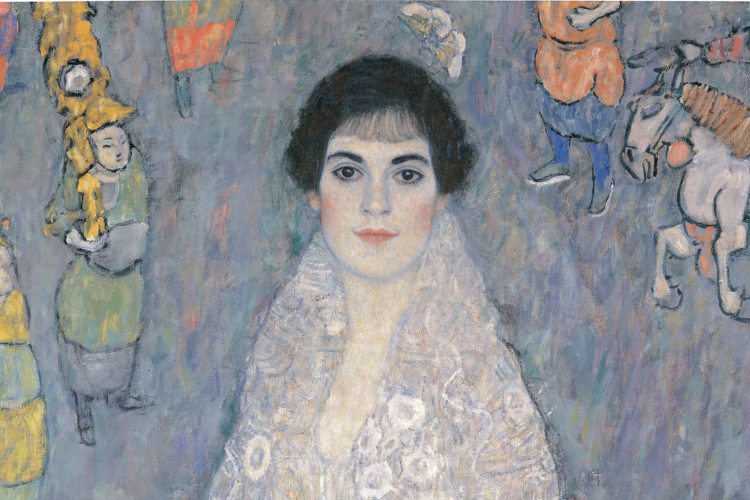
If you’re looking to dive deeper into the arts, it’s time to explore Gustav Klimt paintings. This Austrian artist was uber-talented, and chances are you will recognize more than a few of his paintings, even if you don’t recall his name. Though he has since passed away, his name is thrown around in the same conversations with Warhol paintings and Picasso paintings. One particular Gustav Klimt painting, titled Woman in Gold, is steeped in drama and history. So much so that it was turned into a major motion picture that is now available on Netflix. The synopsis of this incredible story was even detailed by The New York Times.
A fantastic piece of artwork that survived Nazi theft and World War II, fans wonder who owns the Woman in Gold painting now? After a colorful history that ended with lengthy legal battles and an auction, Ronald Lauder now owns the painting and proudly displays it at the Neue Galerie in New York.
But there are many Gustav Klimt paintings to know about, even if they don’t have movies made about them. His unique style, including his own golden age, has led to some of the most expensive paintings known. Is Gustav Klimt an Art Nouveau artist? What is Gustav Klimt’s most famous piece? And how many Klimt paintings are there? Read on to learn more about the best Gustav Klimt paintings and his life.
Jump to Section
Who Was Gustav Klimt?
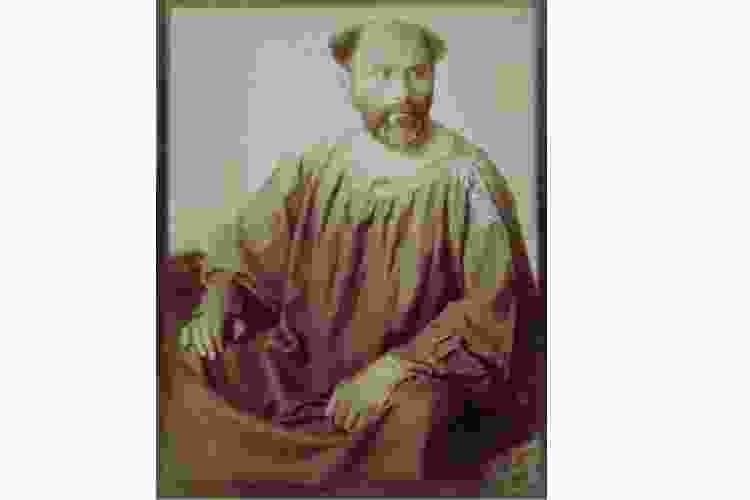
This world-famous Austrian painter was born in Vienna in July of 1862 famous for his unique style as well as his involvement in the Vienna Secession movement. This art movement saw a small group of prominent artists resign from the Association of Austrian Artists in favor of new artistic styles. Gustav Klimt paintings are famous for an Art Nouveau and symbolist style, with a great many featuring real gold leaf. Klimt had a certain fascination with the female form and many of his works feature strong eroticism as a result.
He took the traditional path to art, enrolling in the University of Applied Arts Vienna, where he studied architectural painting. He began painting murals, often assisting well-known artist Hans Makart. Klimt, along with his brother and their good friend Franz Matsch, soon formed an alliance of sorts, known as the Company of Artists, and began receiving many commissions. Not long after, in 1888, he was awarded a Gold Order of Merit by Emperor Franz Josef I, which catapulted his career further.
Sadly, about four years later, Klimt’s brother and father passed away. Klimt took on the financial responsibility for his father’s and brother’s families, and their deaths also affected his art style. Gustav Klimt paintings around this time often featured “naked truth” as a figure in his works, thought of as a political stance. Also around this time, he met Austrian fashion designer Emilie Louise Flöge. He went on to spend his life with her and she was featured in many subsequent Gustav Klimt paintings. From the early 1890s to 1907-8, he fathered at least fourteen children.
Gustav Klimt Art Style & Techniques

After the death of his father and brother, Gustav Klimt paintings became more bold, unconventional and even radical. The artist who started off creating simple but beautiful murals, nearly all from commission, was eventually asked to create three massive paintings to cover the ceiling in the Great Hall at the University of Vienna. After nearly six years of work, he completed Philosophy, Medicine and Jurisprudence, all of which were immediately criticized for their radical nature and overtly sexual content, often referred to as pornographic. Due to huge public outcry from political, religious and aesthetic angles, the pieces were never displayed. This also marked the end of Gustav Klimt paintings from public commission. From this point on, his main goal was to “shake up the establishment” with his works.
For the bulk of his career, Klimt was known first and foremost as a painter of women. Many of his works feature life, love and death as their theme, done in stunning mosaic styles. His Art Nouveau style also featured lots of gold leaf, a signature of the time. He created the odd landscape painting, inspired by summer holidays with his partner and her family, though figure paintings remained his passion, and most identifiable Gustav Klimt paintings are figure works. His life partner, a fashion designer, certainly influenced some of his works, as he often designed costumes that she would produce and model for paintings.
His unique mosaic works are visually stunning and create much inspiration for the at-home artist. While you might not be painting with gold leaf, online painting classes can equip you with a solid foundation of skills to express yourself, just like Klimt.
How Did Gustav Klimt Die?
In 1911, a Gustav Klimt painting known as Death and Life was awarded first prize at the world exhibitions in Rome. Though this somewhat haunting piece would have been a poetic last painting, he created several more in his last years of life. He eventually died in 1918 after suffering a stroke and pneumonia, likely caused by Spanish flu. He left many unfinished works in his passing.
Top Gustav Klimt Paintings
1. The Kiss (1908)
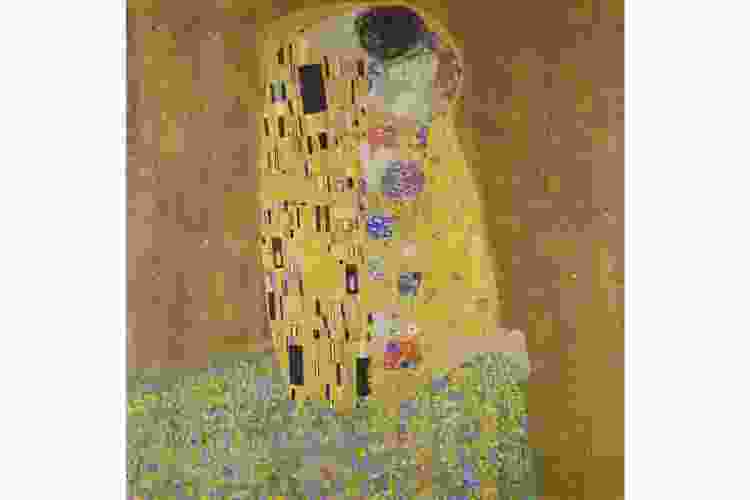
Long known as one of the most popular Gustav Klimt paintings, this special portrait is said to depict Klimt himself with long-time lover Emilie Louise Flöge. He rarely painted himself, instead claiming if you wanted to know about him you should look closely at his artwork.
2. Portrait of Adele Bloch-Bauer (The Lady in Gold/The Woman in Gold) (1907)

Surely no other Gustav Klimt painting has such a rich and troubled history as this one. An elegant portrait of Adele, commissioned by her husband, Ferdinand Bloch-Bauer, it took nearly five years to complete. Her husband was a wealthy banker and sugar business magnate and supporter of Klimt and the arts.
3. Judith and the Head of Holofernes (1901)
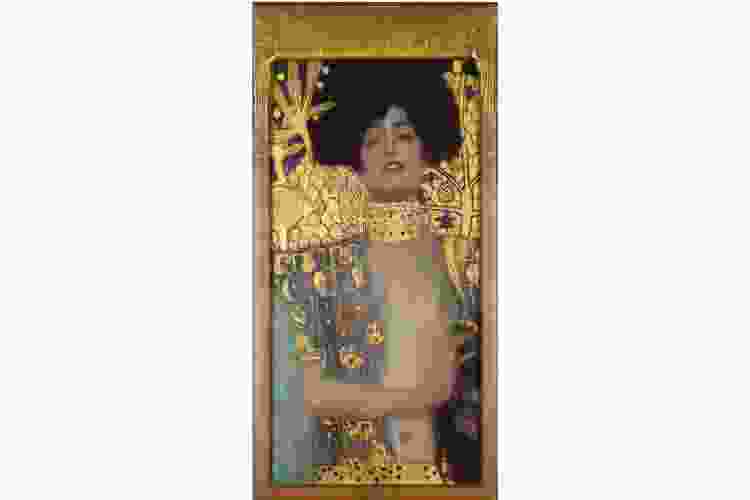
There are several Gustav Klimt paintings with biblical tones and significance, including this one depicting Judith after beheading the Holofernes.
4. The Three Ages of Women (1905)
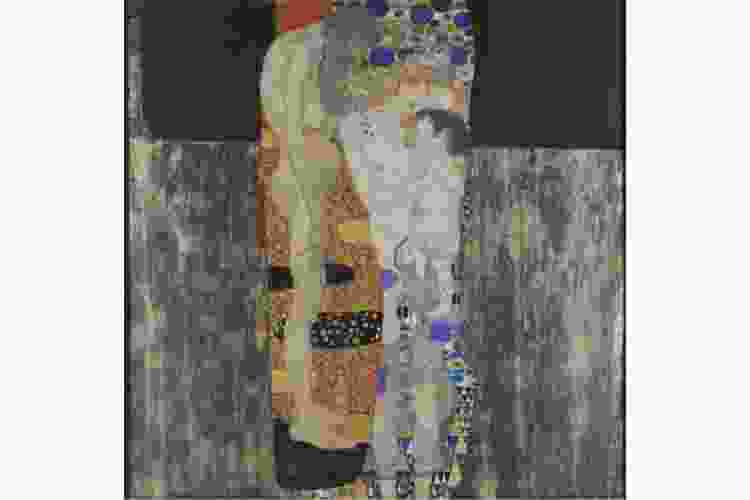
Besides the beautiful Art Nouveau style seen in many Gustav Klimt paintings, he was known as a symbolist artist as well. This particular piece shows the three major stages of a woman’s life.
5. Danaë (1908)
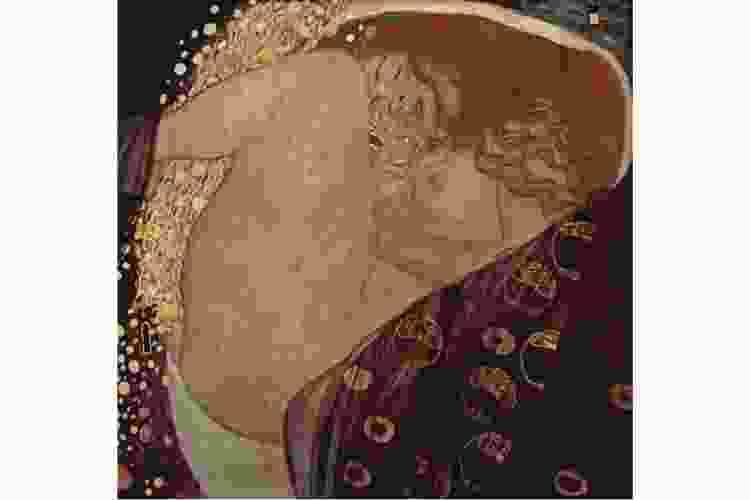
One of the more obviously erotic Gustav Klimt paintings, this masterpiece of symbolism shows a classical mythical figure under golden rain, said to symbolize Jupiter.
6. Death & Life (1911)
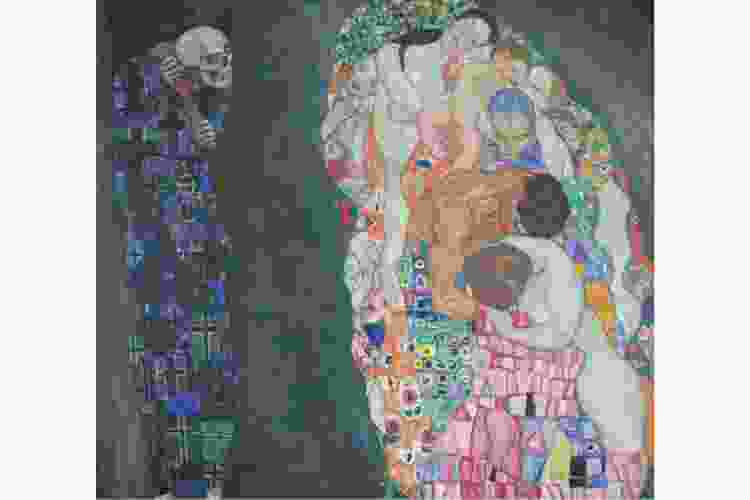
Similar in style to The Three Ages of Women, this Gustav Klimt painting is rich with symbolism and bold, beautiful colors. Death is depicted as a Grim Reaper, covered in crosses and much darker in comparison to the colorful collage of “life” across from him.
7. Beethoven Frieze (1902)
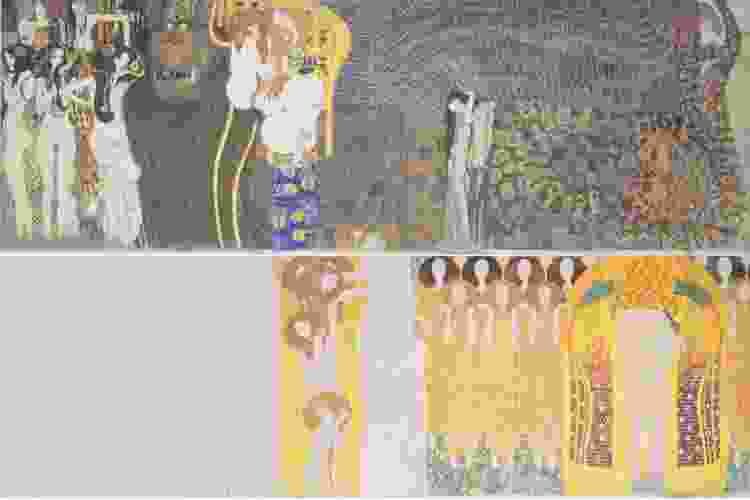
This spectacular Gustav Klimt painting was completed in 1902 for the 14th Vienna Secessionist exhibit. Intended as a celebration of Beethoven, instead, the painting shows a human’s desire for happiness in a tempestuous world. Exterior evils and internal weaknesses meet, showcasing Typhopeus, a personification of the Typhoid that ravaged many European cities.
8. The Maiden (1913)
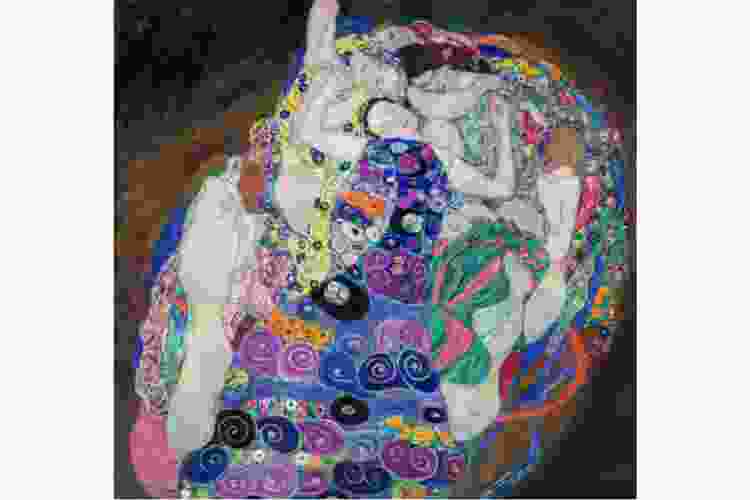
A colorful Gustav Klimt painting that symbolizes the world of possibilities, The Maiden depicts a young woman, surrounded by six other figures. It is thought that the main character is fantasizing or dreaming of herself as these other figures.
9. Hope II (1908)

One of the darker Gustav Klimt paintings, at least by theme, this mosaic masterpiece depicts a pregnant woman bowing her head as if to pray for her unborn child. From her abdomen protrudes death’s head, potentially a foreshadowing to imminent danger. At her feet are three women, heads bowed and hands raised either in mourning or perhaps in prayer.
10. Adele Bloch-Bauer II (1912)

The same beautiful woman from perhaps the most recognizable Gustav Klimt painting, she is the only model to be painted twice by him.
11. Lady With Fan (1918)
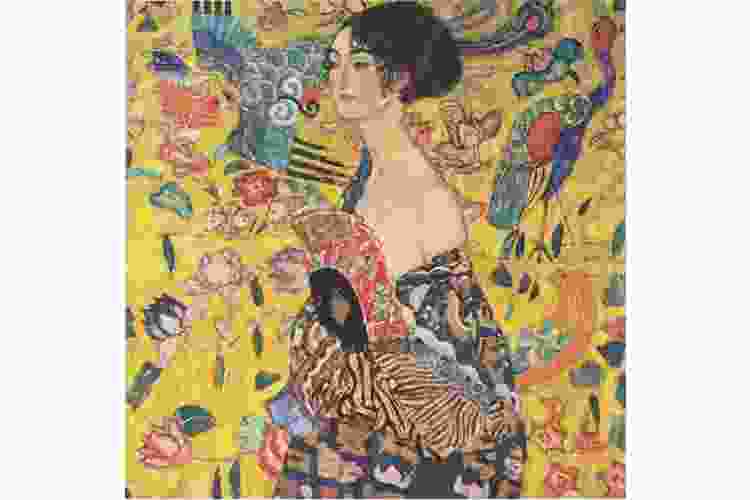
This beautiful Gustav Klimt painting reflects hints of Japonism and is reminiscent of many of his golden era pieces, though this one doesn’t utilize gold leaf. It was completed in the year of his death and perfectly summarizes his artistic style: ornamental yet erotic with reverence and exuberance.
12. Expectation (1909)
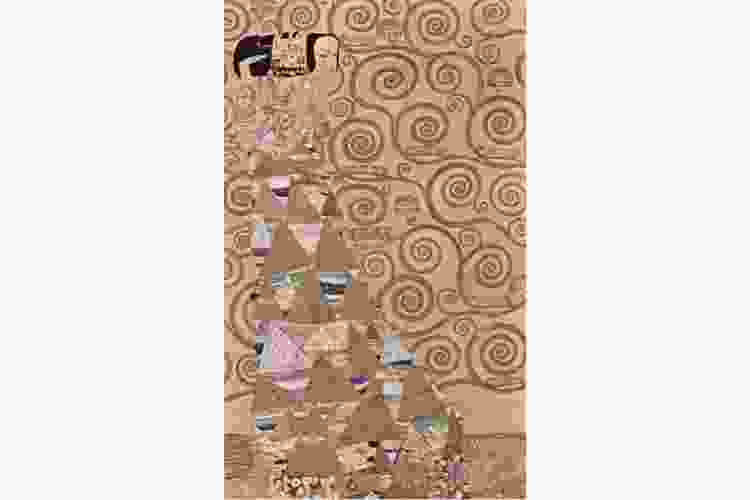
One of the more unique Gustav Klimt paintings, this one depicts a clear Egyptian inspiration. What’s even more special is that it started as a sketch on paper and soon became a mural, made of patchwork pieces of marble and stone, to create a beautiful mosaic at the Palais Stoclet in Brussels. It was built by Josef Hoffmann who carried out each detailed instruction from Klimt.
13. Portrait of Fritza Reidler (1906)

What began as a normal, realistic outline soon transformed into a slightly abstract and funky Gustav Klimt painting. Portrait of Fritza Reidler features her sitting in an armchair that can be seen in the pre-painting drawings but by the time paint touches canvas has morphed into a psychedelic amalgamation of gold and silver eye motifs.
So many Gustav Klimt paintings are not only eye-catching in their beauty and ornateness, but thought-provoking with the overlay of complex themes. Art has always served as the perfect tool for self-expression. Even if he was rejected for a time from public acceptance, Klimt continued to create and share his gift. His paintings served as his commentary on many matters whether that was women, politics or the circle of life. Just like Frida Kahlo paintings or Matisse paintings, bold colors and women are at the focus of his most famous works.
For even more fun art ideas, check out other experiences happening on Classpop!

